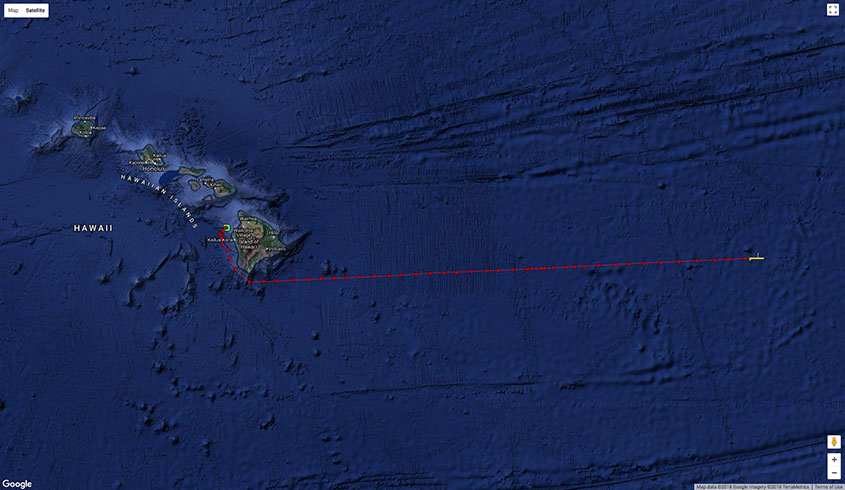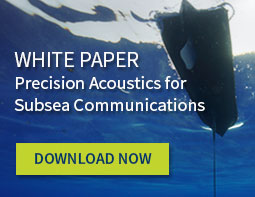A Wave Glider’s Search for the Missing Humpback Whales
Liquid Robotics — February 8, 2018
Here at Liquid Robotics, we have always had a special place in our hearts for humpback whales. Many of you may know the original application for the Wave Glider was to capture the “singing” of humpback whales as they migrated to Hawai’i. Working with the Jupiter Research Foundation (JRF), a leader in humpback whale research, we’ve been recording and transmitting humpback whale songs for over a decade. If you want to listen to the humpback whales, click the live broadcast button. You’ll be amazed by their harmonies!
We are excited to share that on January 15, 2018, the Jupiter Research Foundation launched an unprecedented scientific mission to search for humpback whales in the unexplored, deep ocean basins and seamounts between Hawai’i and Mexico. The project named HUMPACS, short for Humpback Pacific Survey, will search for a subset of humpback whales that have been identified in the northern Pacific feeding grounds but are “missing” from their southern breeding grounds.
The HUMPACS mission will determine the presence, or absence, of humpbacks by listening for their song. The three-month mission is using a Wave Glider named Europa to collect and transmit real time data, 24/7, across its Pacific route from Hawai’i to Baja California. Equipped with more sensors and communications than any other Wave Glider to date, it will survey over 3,633 nautical miles while listening and recording humpback whale vocalizations with acoustic hydrophones. Once a humpback whale is heard, it will trigger real-time communications to JRF. This acoustic data collected is critical to the studies of behavior and abundance of humpback whales in the North Pacific and may contribute to the new science of marine ecoacoustics. Additionally, tracking their song and migration patterns could help scientists better understand biological responses to environmental changes, including climate change and global warming.
In addition to acoustic hydrophones, the Wave Glider will carry a wide variety of meteorological and oceanographic sensors capturing sea surface temperature, ocean currents, weather data, salinity, and high-resolution subsea and surface imagery.
And for the first time, a fully autonomous ham radio payload called HF Voyager will be onboard the Wave Glider. During the mission, ham radio operators will be able to call the HF Voyager on the 20-meter amateur band and, if propagation permits, the HF Voyager will respond with telemetry and location data.

The mission path for the Wave Glider “Europa” as it treks across its Pacific route from Hawai’i to Baja California
Join Liquid Robotics and JRF in the journey to find the missing humpback whales! To follow Europa’s progress over the next three months, visit the Jupiter Research Foundation blog, view the data collected on the JRF Data Portal or email questions to HUMPACS@jupiterfoundation.org.
